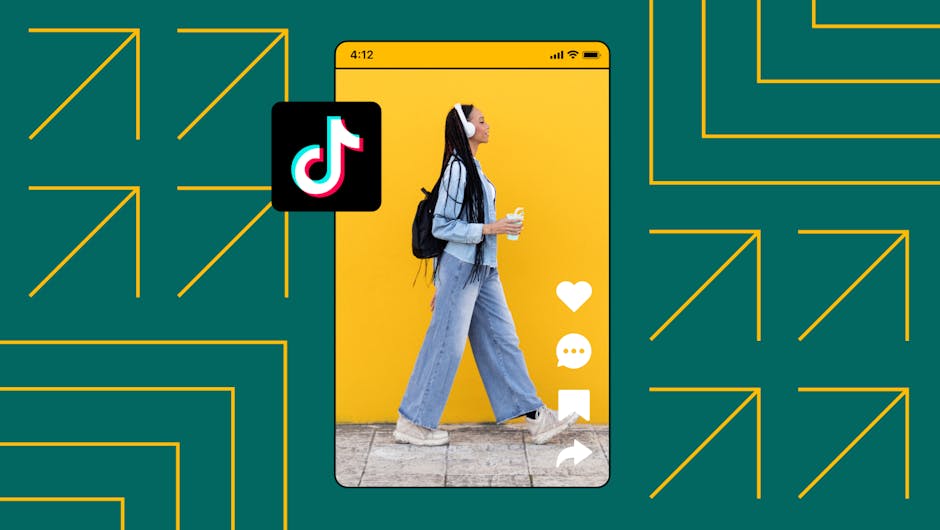Influencer marketing: why success relies on integration with your overall marketing mix
Influencers are not just the zeitgeist, they offer a platform for expanding your brand’s reach in memorable ways. But it's crucial not to silo these marketing efforts, says Sprout Social's Scott Morris.

In just a few years, social media moved from a nice-to-have brand channel to a non-negotiable. So it’s no surprise influencer marketing followed suit.
More than 80% of marketers say influencers are an essential part of their social media strategy, according to a Q3 2023 Sprout Pulse Survey. And they are allocating budgets accordingly. Advertisers will spend nearly $6bn on influencer marketing this year, a nearly 15% increase from 2023.
Despite these investments, almost half of marketers struggle to measure the effectiveness of their influencer campaigns. Why is that?
Influencer marketing is not a monolith. Its power lies in its ability to fit into any stage of the customer journey. But that also means the definition of success will change from one campaign to the next.
Measuring influencer marketing in a vacuum sells the work short. Because influencer efforts perform best when deployed in partnership — not siloed from — your other marketing investments.
Brands are playing a new game
If you needed a reminder of how pervasive influencer marketing has become, look no further than Super Bowl LVIII. In a brand’s largest public moment, many turned to social influencers to expand their reach.
Ads being the focal point of the big game is nothing new. But this year’s championship marked a turning point, as brands tapped influencers to not only star in but extend the impact of their traditional commercials.
For example, Nerds tapped Addison Rae for a full commercial and a social-first teaser that launched a few weeks before the game. Over the seven days after the teaser landed, social mentions about Nerds and Rae surpassed 53,000—a 33,000% increase from the previous week according to Sprout Social data.
Influencers were also a driving force for CeraVe. The skincare brand partnered with podcaster and influencer Bobbi Althoff to drum up intrigue around their campaign with Michael Cera. This partnership reached hundreds of thousands of consumers on social media before their big game ad even ran.
Whether you’re selling candy, face wash or B2B software, getting in front of new potential buyers is essential to growth. Influencers are not just the zeitgeist, they offer a platform for expanding your brand’s reach in memorable ways.
The going rate for a 30-second spot during the big game that gets you in front of over 100 million people is $7m — not to mention production costs. To have that content start and stop on network TV is a miss.
3 tips to making your influencmer marketing campaign make sense (and dollars)
It bears repeating: there is no singular equation that can calculate influencer ROI for your brand. But there are steps marketers can take to set themselves up for more effective measurement, and stronger results overall:
1. Understand who you’re trying to reach
Everyone talks about the need to identify the “right” influencers to partner with. But doing that starts with intimately understanding the audience you’re targeting. Where do they consume content? What are their affinities across their personal and professional lives? Ask these questions and gather data to validate or poke holes in your own assumptions.
2. Be clear on the “why” of your campaign
Is your objective eyeballs or engagement? Conversion or customer advocacy? Know this up front. This will help you tie influencer efforts to larger marketing (or business) goals, and contextualize your performance insights into a bigger picture.
3. Repurpose your influencer creative
An influencer campaign shouldn’t start and end with the social post(s) you commission. The content can have legs far beyond TikTok or Instagram. Find ways to repurpose the creative across your media mix: display ads, YouTube pre-roll, email campaigns—the list goes on.
Across the B2C and B2B worlds, excitement around influencer marketing is palpable. We will inevitably see more brands experiment with interesting activations.
Don’t let your team fall into the trap of believing that influencer partnerships stand alone. Integrating this work across your marketing mix — even if it means taking a more nuanced approach to measurement — will pay dividends in the long run.
